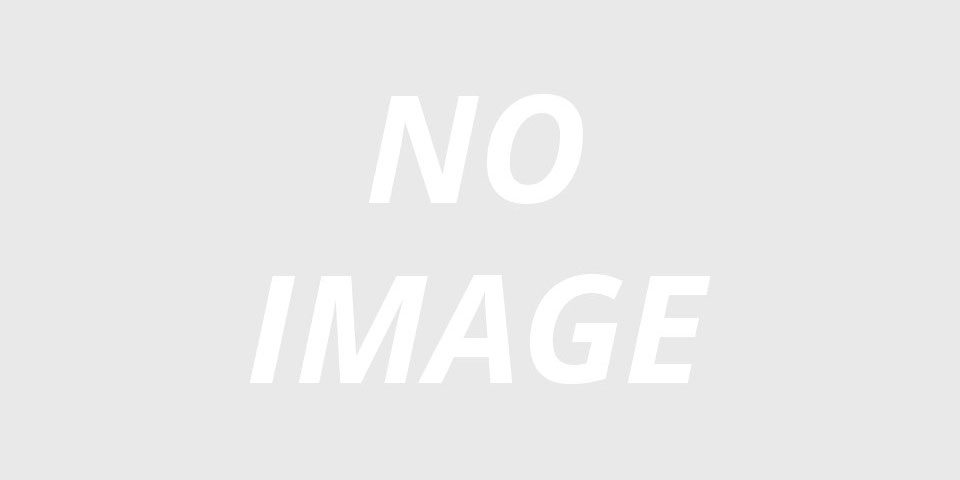|
We measured the distribution of sugar solution within groups of caged honey bees (Apis mellifera) under standard in vitro laboratory conditions using 14C polyethylene glycol as a radioactive marker to analyze ingestion by individual bees after group feeding. We studied the impact of different experimental setups by varying the number of bees, age of bees, origin of bees, duration of experiment, the amount of available diet, and the influence of the neurotoxic pesticide imidacloprid in the diet on the feeding and food sharing behavior (trophallaxis). Sugar solution was non-uniformly distributed in bees in 36 out of 135 cages. As a measure of the extent to which the sugar diet was equally distributed between caged bees, we calculated the (inner 80%) intake ratio by dividing the intake of the 90th percentile bee by the intake of the 10th percentile bee. This intake ratio ranged from 1.3 to 94.8 in 133 individual cages, further supporting a non-uniform distribution of food among caged bees. We can expect a cage with 10 or 30 bees containing one bee that ingests, on average, the 8.8-fold of the bee in the same cage ingesting the smallest quantity of food. Inner 80% intake ratios were lower in experiments with a permanent or chronic offering of labelled sugar solution compared to temporary or acute feedings. After pooling the data of replicates to achieve a higher statistical power we compared different experimental setups. We found that uniform food distribution is best approached with 10 newly emerged bees per cage, which originate from a brood comb from a single colony. We also investigated the trophallaxis between caged honey bees which originally consumed the diet and newly added bees. Color marked bees were starved and added to the cages in a ratio of 10:5 or 20:20 after the initial set of bees consumed all the labelled sugar solution. The distribution of the labelled sugar solution by trophallaxis within 48 hours to added bees was 25% (10:5) or 45% (20:20) of the initial sugar solution. Imidacloprid at its median lethal dose (LD50) in the sugar solution reduced this post-feeding food transmission to 27% (20:20). Our results show that differences in food intake exist within caged bees that may lead to differential exposure that can influence the interpretation of toxicity tests. |
|
Brodschneider R, Libor A, Kupelwieser V, Crailsheim K (2017) Food consumption and food exchange of caged honey bees using a radioactive labelled sugar solution. PLoS ONE 12(3): e0174684. doi:10.1371/journal.pone.0174684 |
| BrodschneiderFood consumption and food exchange of caged honey bees using a radioactive labelled sugar solution2017.pdf | |
| http://journals.plos.org/plosone/article?id=10.1371/journal.pone.0174684 |







